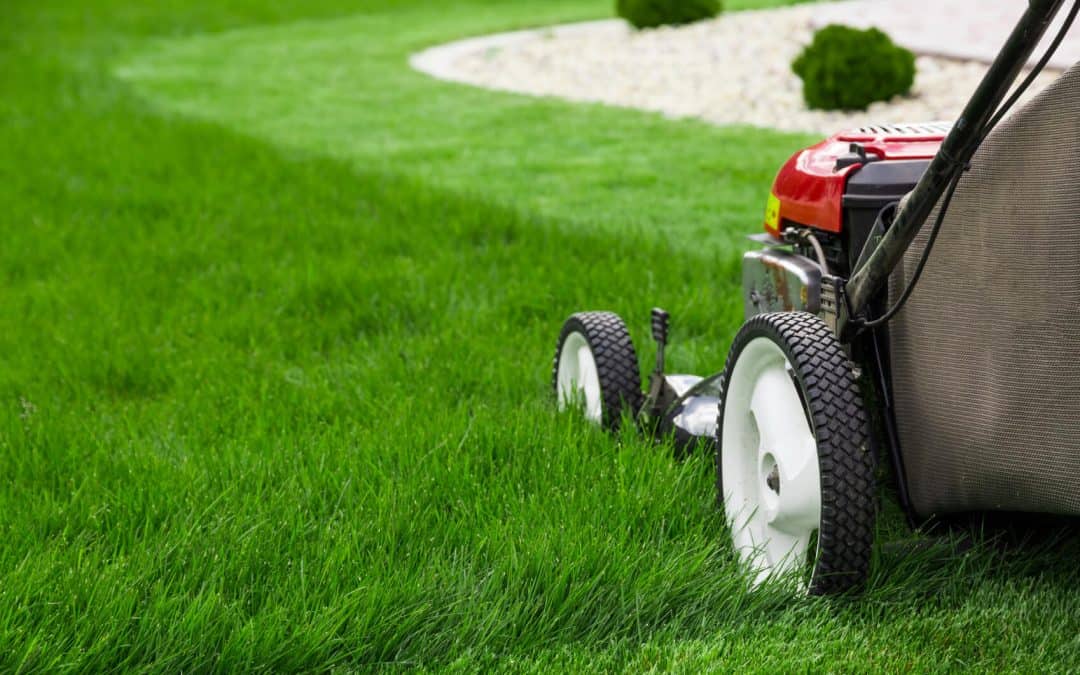You’ve lived in one your whole life, but are the parts of the house you live in still somewhat of a mystery to you? We’ve put together this 3 part series, released weekly, as a simple guide for a crash course in what makes up a house. We’ll stay out of the weeds with details, but rather we’ll focus on a description of the 11 main systems of a single family residence and some key things to know about each. Houses are built mostly in the order below, though some components are built in multiple steps due to waiting for other parts of the house to be completed first. This guide is designed for the average homeowner who seeks a base knowledge of what goes on behind those walls in order to empower them to maximize the asset they own.
The systems that make up a house are:
The Structure:
1. Foundation
2. Frame
3. Roof
The Functional
4. Windows/Doors
5. Plumbing
6. Electrical
7. Heating & Cooling (HVAC)
The Finishes
8. Siding / Gutter / Soffit / Fascia
9. Drywall & Paint
10. Interior Finish Carpentry
11. Finished Flooring
(Here are links to Part 1 and Part 2 if you missed them)
Today we’ll move through the Finish components: Siding / Gutter/ Soffit / Fascia, Drywall & Paint, Finish Carpentry, Flooring.
8. Siding / Gutters / Soffit / Fascia
Here are the remaining parts of the house that are on the exterior:
Siding
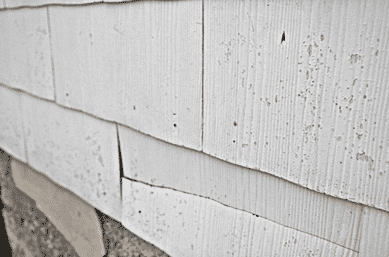
Asbestos Sidin
Siding covers the exterior wall of your house. It sheds water rainwater off lately is most often constructed of vinyl or hardie board. Early versions of siding were made with asbestos which was later discovered to be toxic, with the primary risk given to human lungs. We’ve included a picture here of what a common appearance if this siding looks like. Manufacturing of asbestos siding tapered off in the early 1970’s. In our experience, houses built before 1955 or so are the vast majority of houses with this harmful siding.
If you buy a house or currently own a house with asbestos siding, no need to worry. It is generally accepted that the health risk is when the pieces break apart and release tiny particles into the air. There are professional removal services, but they are expensive. In reality, exposure to asbestos for a few hours in a couple days is highly unlikely to have long term effect on your health if you should decide to remove it your self.
Gutters
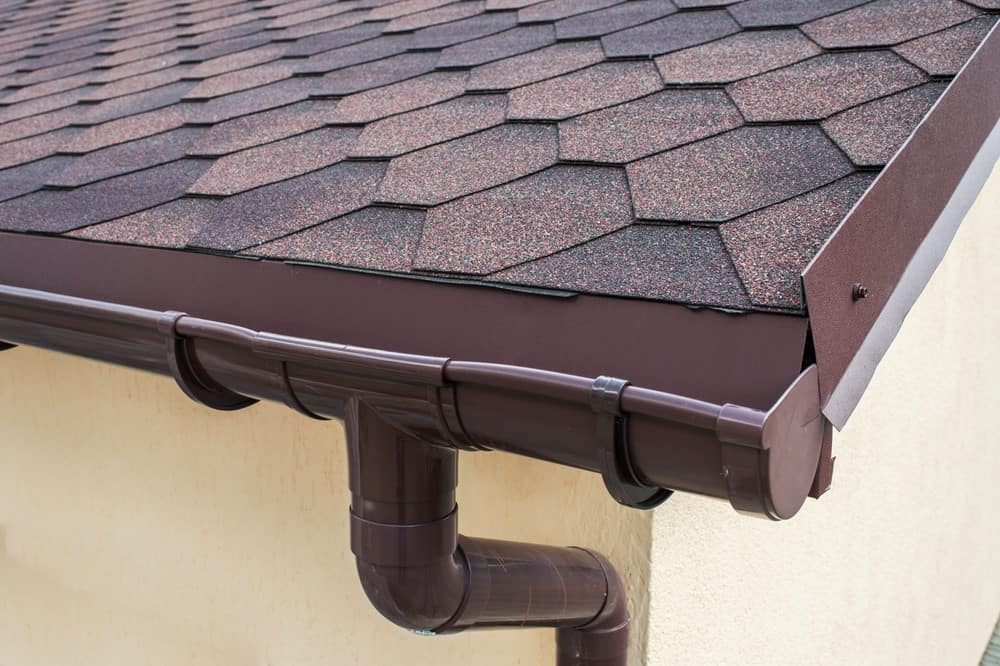
Don’t underestimate the power of gutters! Many houses we have purchased have foundation issues near a gutter leak or have extreme moisture problems in the crawl space or basement due to gutters not properly shedding water away from the house. Most foundation companies today will recommend you have gutter downspout extensions that run 6 – 10 feet away from your foundation of the natural grading of the soil does not have a good slope away from the house.
Soffit / Fascia
Soffit is the underside of the eves of your house. Fascia is the vertical board right behind your gutters. Here’s an image to help with the differentiation:
These two exterior features mostly go unnoticed. Soffit often has vents to allow some airflow from the attic. If the gutters leak and you are lucky enough to have roof eves, the soffit and fascia will be the first to get damaged and rot. They are accessible and easy to fix then paint. Today, more and more houses will have metal/aluminum Soffit and Fascia for a smooth, clean look.
9. Drywall & Paint
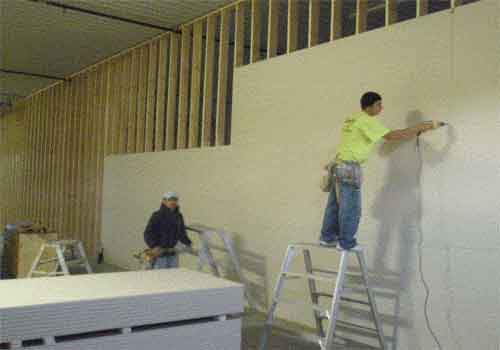
The main thing to know about paint is the type (or finish) of paint that’s best for your particular application. The most commonly used finishes range from flat/matte to eggshell, semi-gloss, then gloss. Matte has a dull finish with no shine, and gloss of course has a high shine. The higher the gloss of paint, the more expensive and easier to clean. Matte paint can be easily re-painted without drawing attention to the area with new paint.
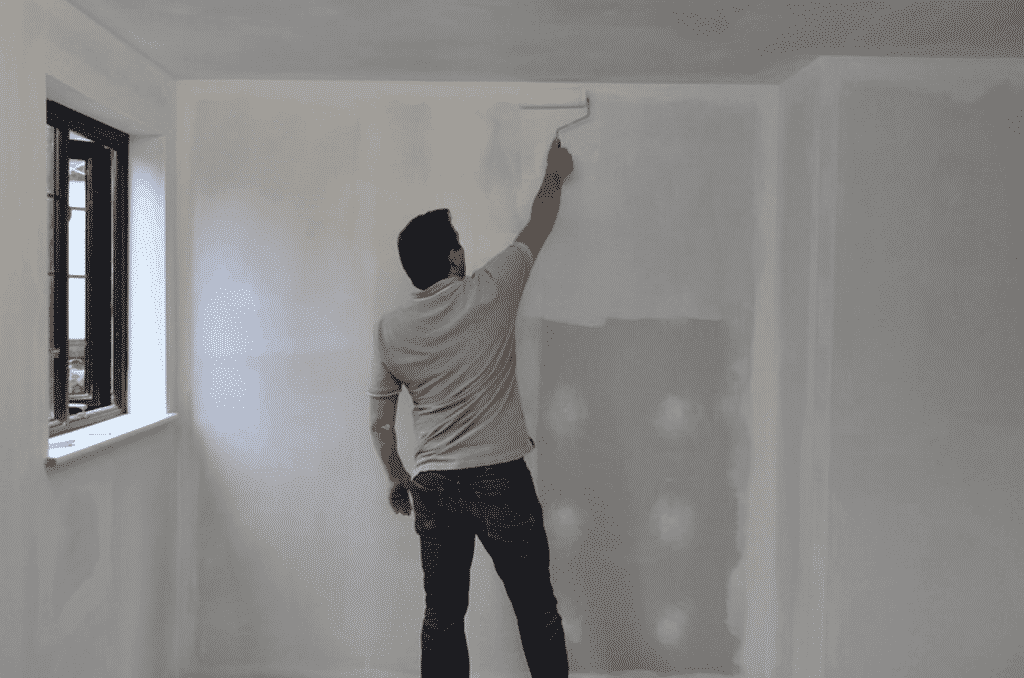
If you wanted to sell your house and could could only spend money on one thing, a fresh coat of paint on the walls would probably have the greatest effect on value and speed of sale. You can paint pretty much anything imaginable in or around your house if something needs a refreshed appearance. Discoveries away the DIY homeowner with Google in hand!
10. Interior Finish Carpentry


Cabinets are typically only found in the kitchen and bathroom. They can be built custom, but this is more of a luxury for high end homes as the cost can be over $5,000 even for a small kitchen. Bathrooms usually have stock cabinet vanities from a retail or wholesale supplier.
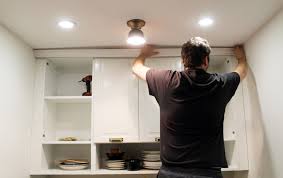
Since finish carpentry is by definition simply for looks, there is little to know about it when it comes to owning a house. Just know that the more trim throughout the house and the better the quality, typically the higher the value of the home.
11. Finished Flooring
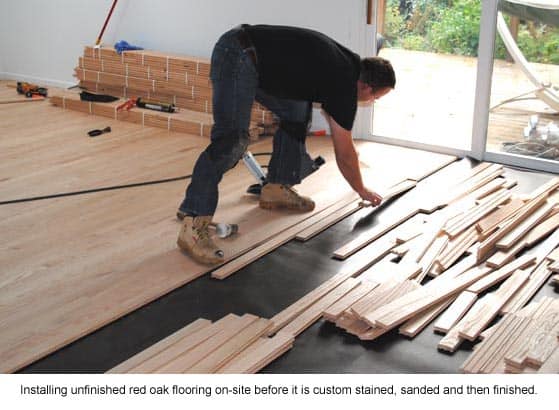
Perhaps the highest quality flooring would include hardwood and tile for their durability. Tile can be made from several materials such as porcelain or stone, and is thus water proof. This makes it a popular choice for high-end kitchens and baths. Homeowners and rehabbers alike love to see old hardwoods sanded down, re-stained, and refinished! Luxury Vinyl Plank has been growing in popularity for its value in durability, as well as the option to get the floating floor where planks lock together for a water-tight seal. Plus, vinyl is perfectly water proof, so the material itself could soak in water for days with no noticeable repercussions.

Carpet is a popular choice for bedrooms, even in high-end construction. However, it’s overall popularity has certainly trended out in the recent 10 – 15 years. Houses used to have carpet in most rooms, but now typically only have it in bedrooms. It’s greatest advantage is the warmth it offers to the bare foot and to the look of a room. Carpet has several characteristics that you must select before you can purchase: Density, pile, pad, and fiber. HGTV has a wonderful article here explaining the differences. In short, higher density, longer pile, and thicker pad means better carpet. A couple variations of carpet allow outdoor use.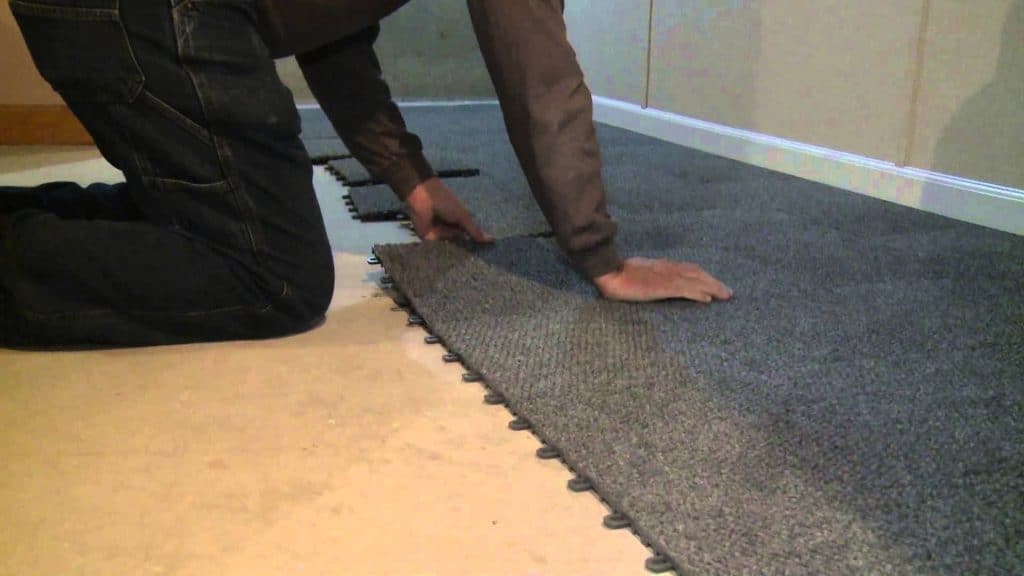
So what do you really need to know now that you’ve got the basics? Well, next to paint, flooring is the second most impactful element on your home’s value (if you want to learn more about what updates bring the most value to your home, you can download our How to Sell Your House guide by filling in the form to the top right of this page —>). If you decide to make flooring updates to your home, do your part to understand the latest trends to get the most value out of your investment. For the flooring you currently have, make sure you know if any maintenance is needed to prolong it’s life. Watch out for changes in your flooring. Cracks mean something underneath is moving or is not stable. There could be a leak, or the foundation could be shifting.
We hope you are more equipped to maximize your experience of owning a home and navigating the maintenance and repairs that come with it by understanding the parts of the house. If you ever need a recommendation for tradesmen to work on any part of your home, don’t be shy, ask away! You can let us know about that request by contacting us.
Did we miss anything you want to know about about? Comment your thoughts below.

